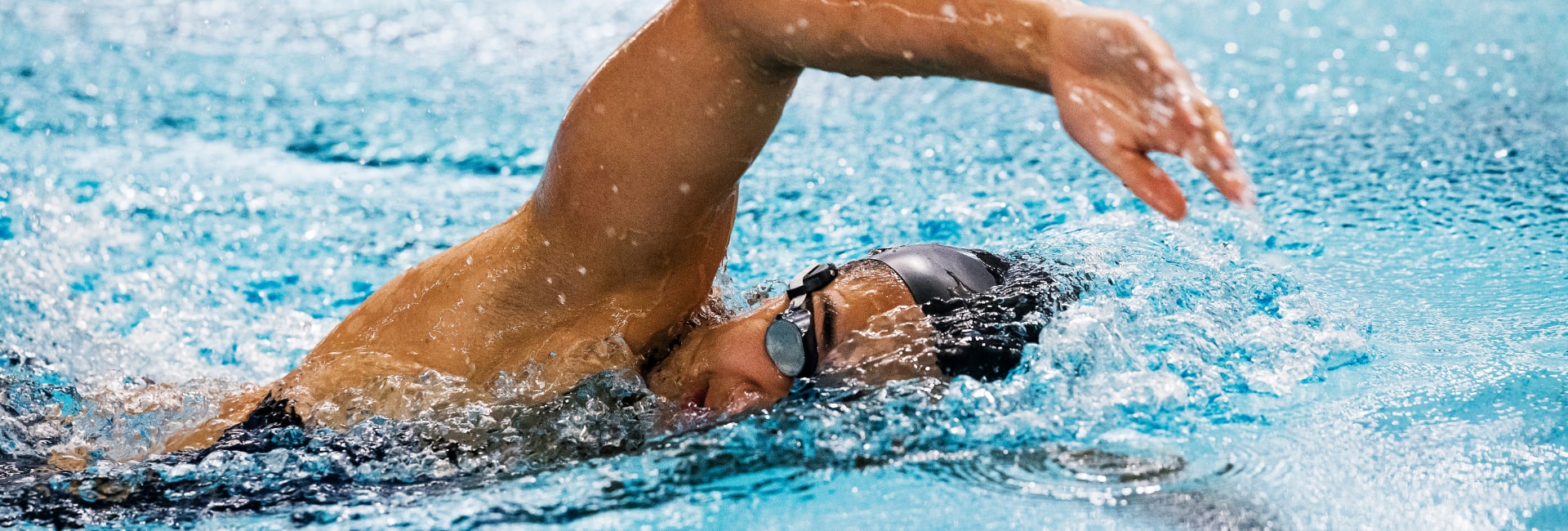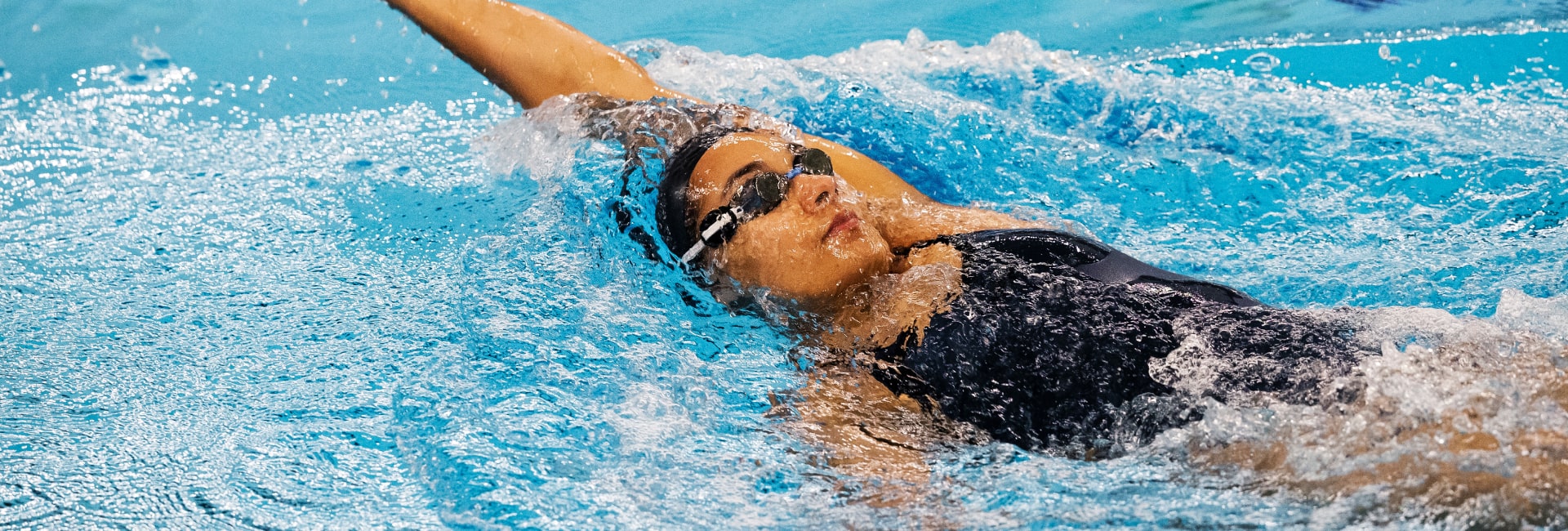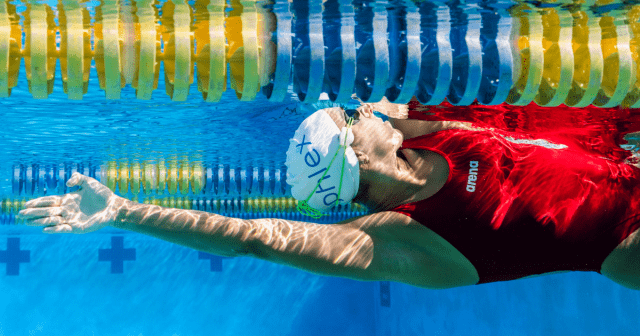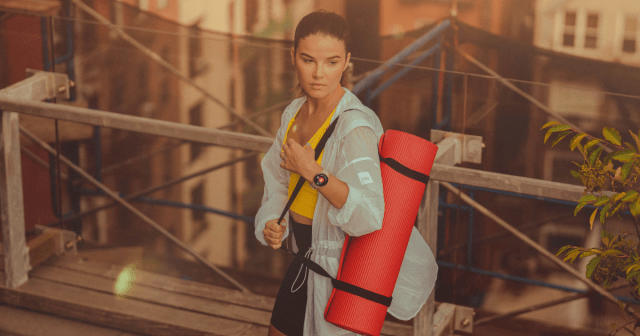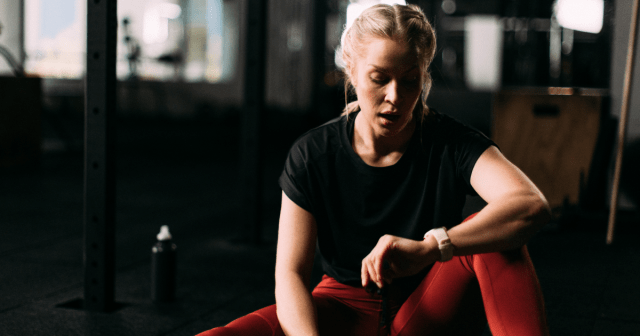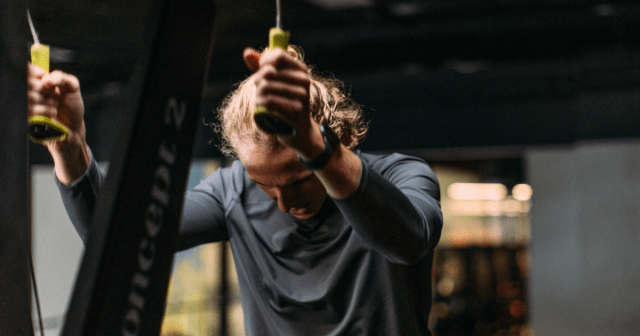Have you ever watched the Olympics and wondered why the swimmers were flapping about in the water in different ways? To be fair, by the time people make it to a major competition, their swimming strokes look more like gliding than flapping – but do you know the difference between each style?
Here are the four main swimming strokes used in all the competitive events regulated by FINA, the International Swimming Federation. From backstroke to butterfly, here’s a how-to guide for each one so you can give them a try. Make sure you have your watch for swimming set to track all your metrics.
Freestyle
Also known as front crawl, freestyle is the most well-known of all the swimming strokes. Used for both sprint and distance races, it is a very efficient stroke in terms of speed for competitions and can take you farther than other strokes without expending more energy.
The benefits of freestyle swimming include giving your core, arms, legs, and especially your back muscles a fantastic workout. It can also burn around 100 calories for every 30 minutes of swimming.
Fun fact: while your legs are an essential element in freestyle swimming, their movement only provides around 10% of the stroke’s propulsion when done by a trained swimmer.
How to do freestyle stroke:
- Position your body face down in the water, with your arms extended by your sides and your legs straight.
- Raise one arm out of the water in an arc and rotate your shoulder, so your hand re-enters the water at an angle. Your fingers should all point straight and be held together to minimize resistance as they meet the water.
- While this arm is raised, your opposite arm moves through the water below you and begins to lift itself out of the water to do the same stroke only as the other arm enters the water. So, both arms move together in an alternating pattern.
- While your arms are moving, your legs will constantly be moving in what is known as a flutter kick. Your legs are parallel with a slight knee bend as your feet consistently kick at whatever pace you want to move.
- To take a breath, turn your face to the side where your arm is raised. You can choose how many strokes you do before taking a new breath and if you want to alternate or stick to a particular side.
Butterfly stroke
By far the most challenging of all the main swimming strokes, butterfly takes a lot of training to master. However, when done correctly, a swimmer’s peak butterfly stroke can be faster than their freestyle. This speed is because the double-arm stroke combined with the dolphin kick in butterfly has greater pull than the single-arm stroke.
Butterfly stroke is an excellent workout for your core, arms, chest, and upper back muscles, requiring considerable strength and coordination. This effort is why butterfly stroke burns around 450 calories for every 30 minutes of swimming.
Fun fact: butterfly was initially seen as a form of breaststroke and wasn’t formally recognized as a separate stroke until 1952. The first major swimming competition to include it was the 1956 Olympic Games in Melbourne.
How to do butterfly stroke:
- Place your arms in front of you in a Y shape, with your thumbs facing down towards the water. Your face should be in the water.
- Pull your arms down and out through the water, with your elbows slightly bent, until your arms become parallel with your body. While this is happening, use your shoulder muscles to bring your head up to take a breath.
- Bring your arms up and out of the water behind you, like a pair of butterfly wings, then rotate your shoulders to bring your arms up and over into the original position and repeat this stroke.
- While your arms complete each stroke cycle, your legs will do a dolphin kick. Hold your legs together to create one smooth line as you move them up and down.
- Kick your feet upward, so your heels and soles lift out of the water. Then as your arms re-enter the water, kick your feet down again. Use this combination of motions to push you forward through the water.
Breaststroke
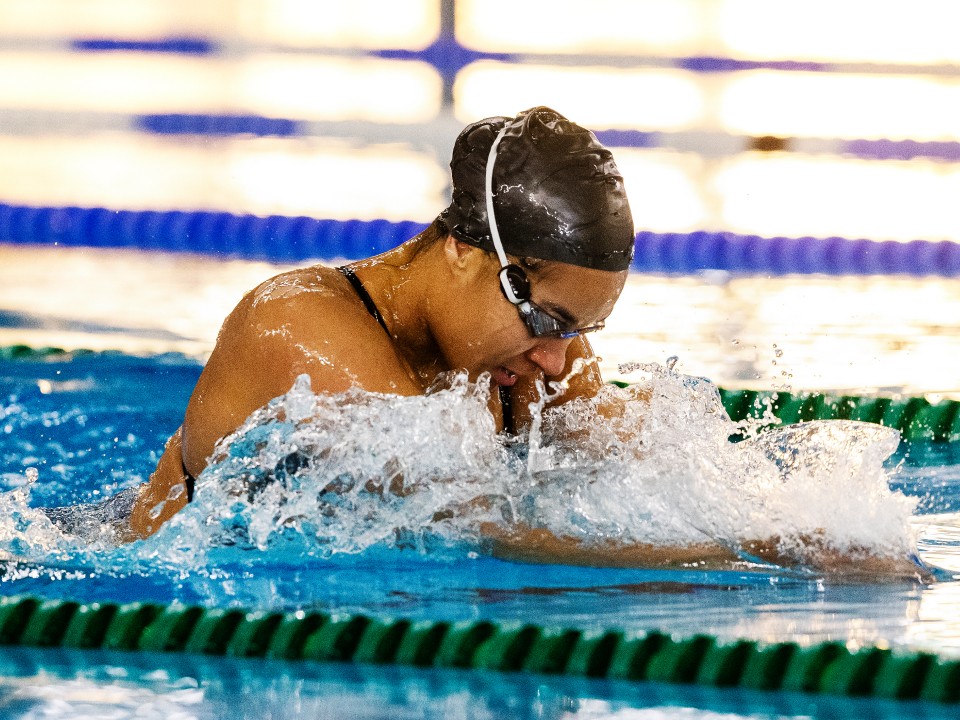
Sometimes referred to as ‘frog stroke,’ breaststroke’s style is thought to have originated from imitating swimming frogs. It is also considered the most effortless stroke to learn, with breaststroke particularly popular for new swimmers who aren’t yet comfortable placing their faces underwater.
While breaststroke may be the slowest of the main swimming strokes, it is an excellent option for an endurance cardio workout. It primarily benefits your hamstrings and chest muscles, with your core, arm, and thigh muscles also receiving a boost. For every 30 minutes of swimming breaststroke, your body will burn approximately 200 calories.
Fun fact: we know that breaststroke is as old as the Stone Age because it was depicted at the Cave of Swimmers near Wadi Sora, which is in the southwestern part of Egypt, close to Libya.
How to do breaststroke:
- Start in the prone position, with your body horizontal and your face in the water (if you are comfortable with this). Both arms should be directly out in front of your body.
- Bend both your arms at the elbow and push them apart, open, and around towards your chest and back to their original position. This simultaneous half-circle stroke with both arms should occur under the water.
- If your face is in the water, this moment as you pull your arms back towards your shoulders provides the perfect time to take a breath. Use your shoulder muscles to bob your head out of the water.
- As your arms dive forwards to their original position again, this is when your face should return to the water.
- Your legs should start at hip distance apart. Bend your knees and flex your feet, then kick your legs apart and sweep them together again. Repeat this leg movement in rhythm with each arm stroke.
Backstroke
This swimming stroke is quite similar to freestyle – but flipped. You look up instead of down, with your face out of the water. This makes it the ideal option for anyone who doesn’t want to put their face in the water but also means it is much harder to see where you are going.
Backstroke is an excellent option for anyone who wants to work on their hip flexibility or posture as it requires you to use your back and hips differently than other strokes to keep you aligned in the water. It also benefits your core, leg, and arm muscles. That’s why backstroke burns 250 calories for every 30 minutes of swimming.
Fun fact: Michael Phelps, the American swimmer who holds the record for Olympic gold medals, was initially scared to put his face in the water as a child, so backstroke was the first swimming stroke he mastered.
How to do backstroke:
- Start in a supine position, floating on your back with your face upwards. Your body should be horizontal with your arms by your side and your legs straight.
- Raise one arm out of the water and rotate your shoulder to bring it up and back until it re-enters the water above your head.
- Once underwater, this arm should bend slightly at the elbow to propel you further with each stroke as you move this arm back to its original position to repeat this stroke.
- While this first arm is moving through the water, raise your other arm out of the water to do the same stroke. So, both arms are moving in synchronicity with each other.
- It’s essential to keep your hips raised and your body horizontal to assist with the forward momentum.
- While your arms are moving, your legs will perform the same flutter kick as freestyle swimming.
So, there you go — the four essential swimming strokes and how each one is practiced. Next time you’re in the pool, why not try each of them?
If you liked this post, don’t forget to share so that others can find it, too.
Or give it a thumbs up!
I like this article
Please note that the information provided in the Polar Blog articles cannot replace individual advice from health professionals. Please consult your physician before starting a new fitness program.
